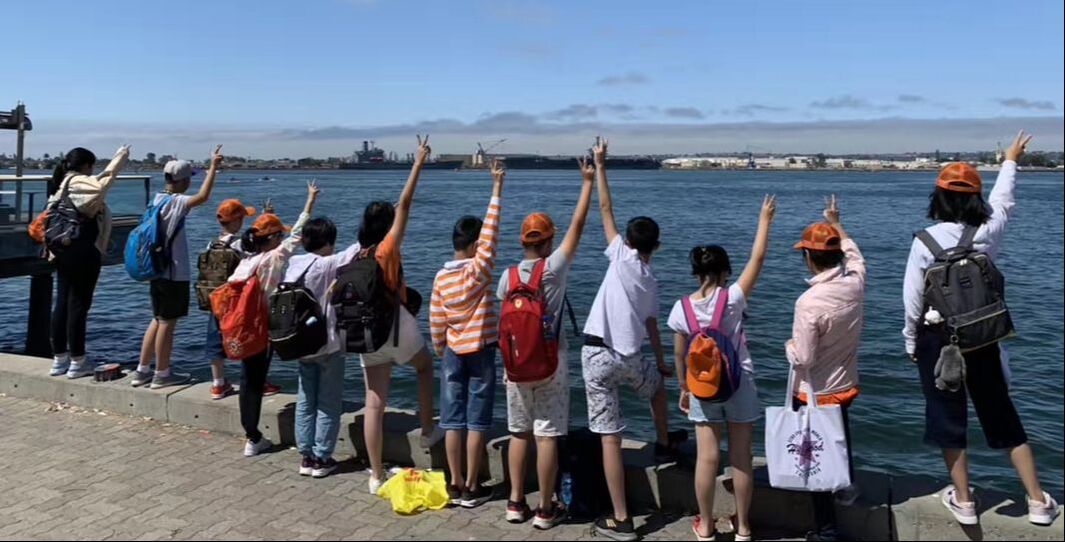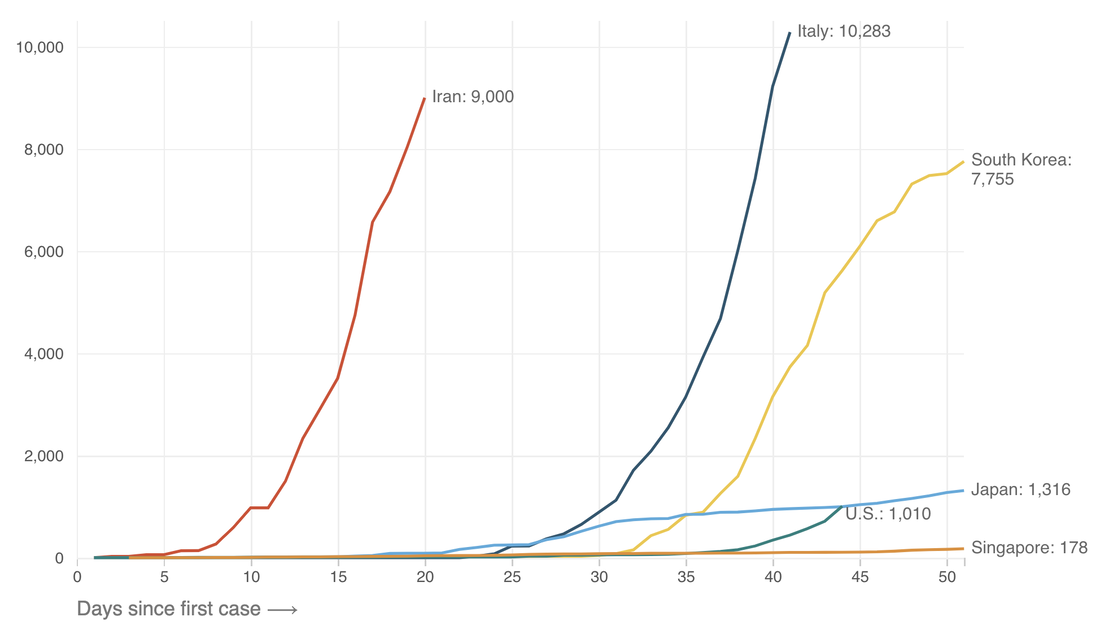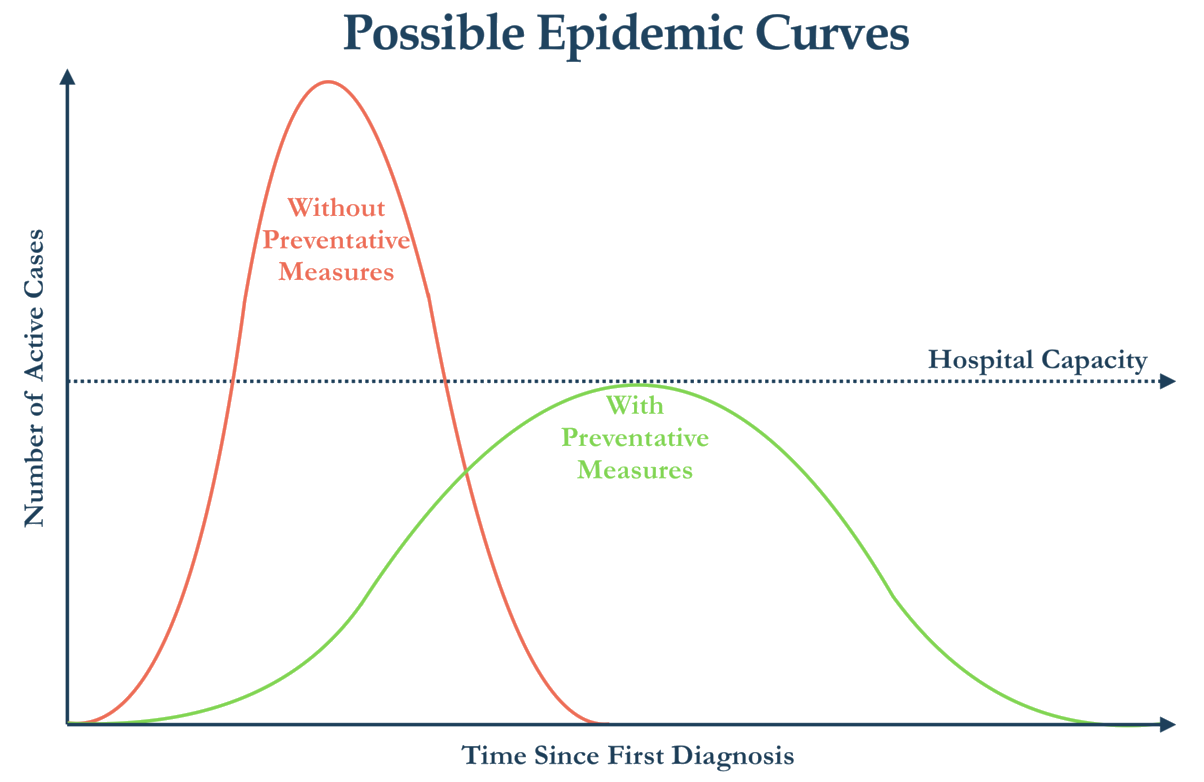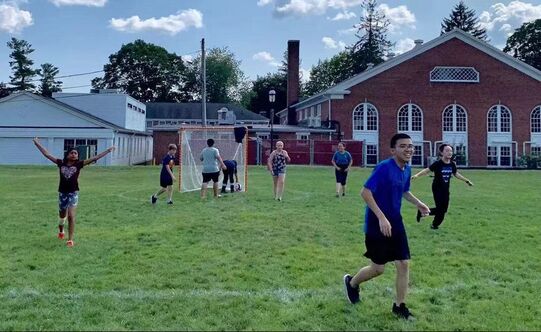|
As we look towards this coming summer, it’s important to address every family’s main concern: the coronavirus. The virus, officially named “COVID-19” by the World Health Organization (WHO) last month has already had a massive impact on the world, and a possible endpoint is still uncertain. At this time Boston Roundtable is still planning to hold our summer programs. However, as a provider of education services, we have an obligation to keep students and parents informed, as well as maintain strong safety protocols in our programs. In this blog post, we will discuss the rise of the illness, how Boston Roundtable plans to address it, and how the spread can be controlled by individuals. Community and Global SpreadCOVID-19 originated in the Chinese city of Wuhan in late 2019. In its first month, its spread was mostly confined to China and surrounding Asian countries, as well as a few isolated cases in other countries. While China has now reported that their situation is stabilizing, the spread of the virus is on an upswing in many other countries. In particular, the United States, Iran, Italy, Japan, and South Korea have each confirmed over 1,000 cases. Source: Humanistic GIS Lab at the University of Washington Perhaps one of the most dangerous aspects of the virus is the delayed onset of symptoms. According to the CDC, COVID-19’s symptoms can begin to occur in patients as late as 14 days after exposure, meaning someone may be carrying the illness long before they know they have it. This potential late onset paves the way for a “community spread,” where someone who has not recently been to a contaminated area may still contract the virus via contact with an unknowing carrier. The community spread concept has already been reported in Seattle and the larger Pacific Northwest, one of the major hotbeds for the virus in the United States. How We Plan to Address the SpreadAlthough data on COVID-19 is still developing, there is currently no evidence that suggests children are more susceptible to the virus than adults. Nevertheless, the standard-US school system in which students move from classroom to classroom (as opposed to teachers) has the potential to make students unknowing vectors in the spreading of illnesses. Student health is to be handled with great concern, and areas where students gather should be closely monitored. For camps and youth programs, there is an especially serious responsibility to identify the virus and contain its spread. Earlier this month, the Association of Camp Nursing (ACN) released an FAQ sheet discussing COVID-19 as well as its implications for camps. Among their recommendations, they advocate for stricter sanitation measures and isolation policies from camp directors, as well as clear communication from parents about students’ health status. In accordance with their document, we are implementing the following policies in our programs:
Preventative Measures and Flattening the CurveRegardless of whether you are a parent, a student, or neither, it’s easy to feel a sense of futility when reading news on the virus. Nevertheless, it’s important that citizens practice extreme caution both in their day-to-day interactions and also in their personal sanitation methods. Diagnosed cases of widespread viruses can typically be visualized as an “epidemic curve” which builds to a maximum number of cases diagnosed, then gradually tapers off. The shape of the curve can vary, however it is generally observed that when citizens and the health department take protective measures, the onset of active cases is slowed, effectively “flattening” the curve.
According to CDC, the best preventative steps to incorporate into day-to-day life are as follows:
Moving ForwardOf course, the rapid spread of the coronavirus means that reports about it as well as dependent protocols are constantly being modified. Since the publication of ACN’s document, the WHO has officially declared the coronavirus a pandemic, US president Donald Trump has declared a National State of Emergency, and the NBA has suspended its season after confirming the diagnosis of one player. As of this past Monday, more than 380 schools in the US have closed, affecting an estimated 260,000 students. As such, it is up to all education systems and organizations that work with children to closely monitor the situation and modify policies accordingly as we get closer to summer. Until then, please join us in practicing strong personal sanitary measures and avoiding the spread of the virus.
0 Comments
|
Latest UpdatesLearn about what's going on in all departments of our work! Archives
March 2020
Categories |
|
|
Boston1Roundtable9
|
Address100 Tower Office Park, Suite L
Woburn, MA 01801 |





 RSS Feed
RSS Feed